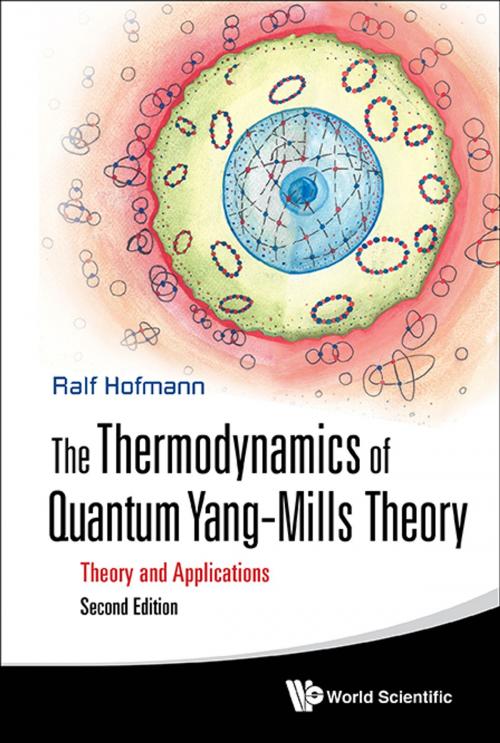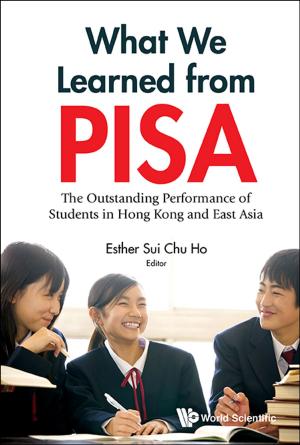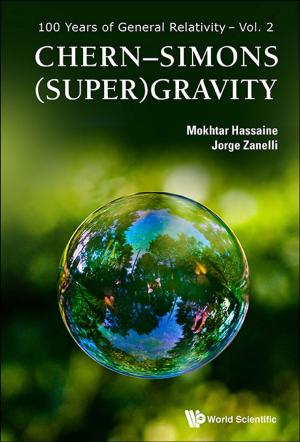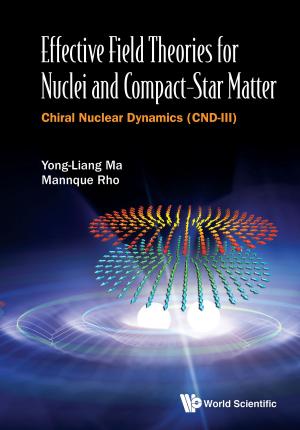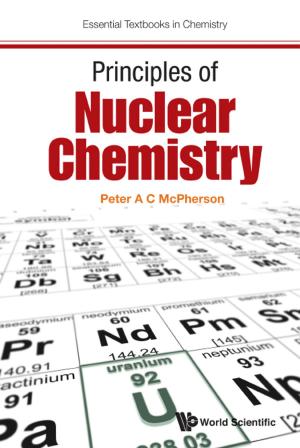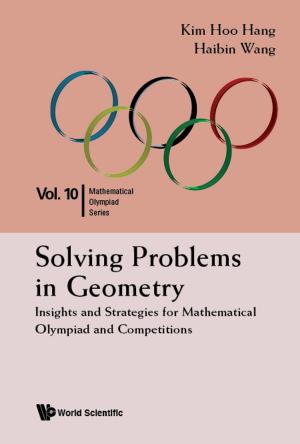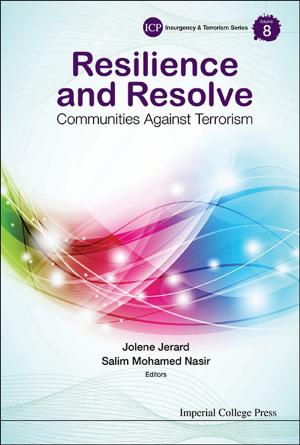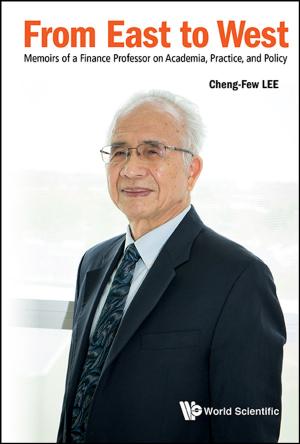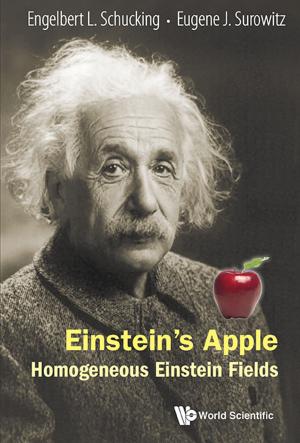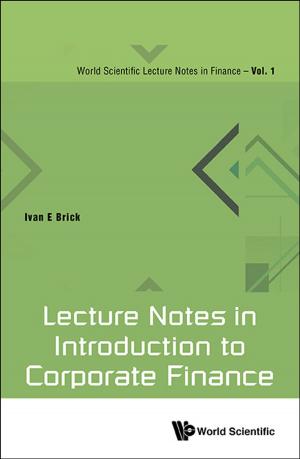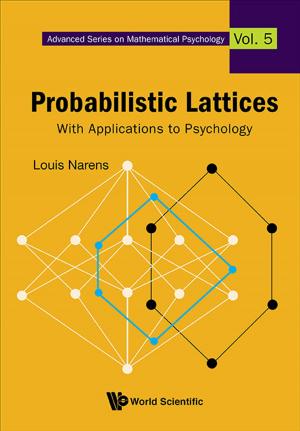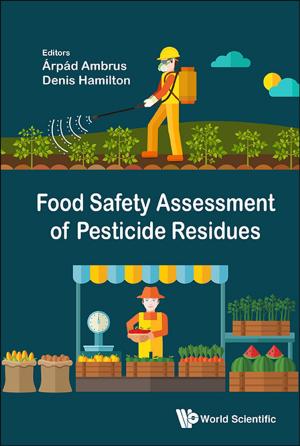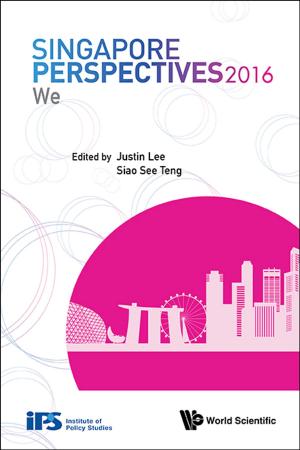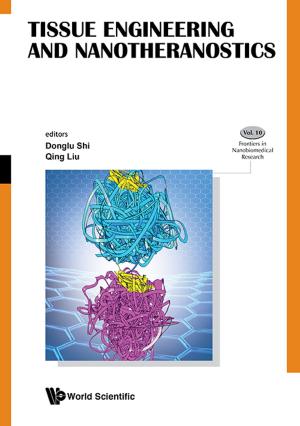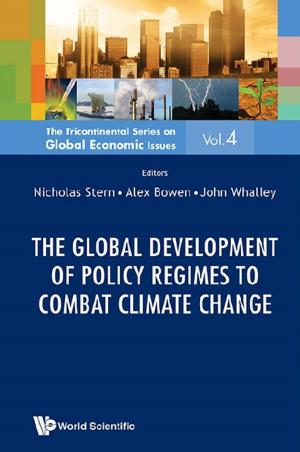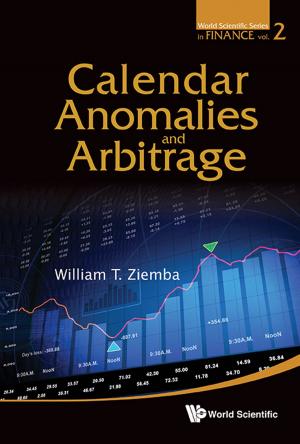The Thermodynamics of Quantum YangMills Theory
Theory and Applications
Nonfiction, Science & Nature, Science, Physics, Thermodynamics, Nuclear Physics| Author: | Ralf Hofmann | ISBN: | 9789813100503 |
| Publisher: | World Scientific Publishing Company | Publication: | April 11, 2016 |
| Imprint: | WSPC | Language: | English |
| Author: | Ralf Hofmann |
| ISBN: | 9789813100503 |
| Publisher: | World Scientific Publishing Company |
| Publication: | April 11, 2016 |
| Imprint: | WSPC |
| Language: | English |
This latest edition enhances the material of the first edition with a derivation of the value of the action for each of the Harrington–Shepard calorons/anticalorons that are relevant for the emergence of the thermal ground state. Also included are discussions of the caloron center versus its periphery, the role of the thermal ground state in U(1) wave propagation, photonic particle–wave duality, and calculational intricacies and book-keeping related to one-loop scattering of massless modes in the deconfining phase of an SU(2) Yang–Mills theory. Moreover, a derivation of the temperature–redshift relation of the CMB in deconfining SU(2) Yang–Mills thermodynamics and its application to explaining an apparent early re-ionization of the Universe are given. Finally, a mechanism of mass generation for cosmic neutrinos is proposed.
Contents:
-
Theory:
- The Classical Yang–Mills Action
- The Perturbative Approach at Zero Temperature
- Aspects of Finite-Temperature Field Theory
- Selfdual Field Configurations
- The Deconfining Phase
- The Preconfining Phase
- The Confining Phase
-
Applications:
- The Approach of Thermal Lattice Gauge Theory
- Black-Body Anomaly
- Astrophysical and Cosmological Implications of SU(2)CMB
Readership: Advanced students, postdocs and researchers in theoretical physics and mathematics, as well as experimentalists.
Key Features:
- This is the first research book of its kind with essentially nonperturbative and analytical approach to Yang–Mills thermodynamics
- An overview on relevant topological field configurations and interconnection between deep theory and physical predictions in the realm of low-temperature photon gases
This latest edition enhances the material of the first edition with a derivation of the value of the action for each of the Harrington–Shepard calorons/anticalorons that are relevant for the emergence of the thermal ground state. Also included are discussions of the caloron center versus its periphery, the role of the thermal ground state in U(1) wave propagation, photonic particle–wave duality, and calculational intricacies and book-keeping related to one-loop scattering of massless modes in the deconfining phase of an SU(2) Yang–Mills theory. Moreover, a derivation of the temperature–redshift relation of the CMB in deconfining SU(2) Yang–Mills thermodynamics and its application to explaining an apparent early re-ionization of the Universe are given. Finally, a mechanism of mass generation for cosmic neutrinos is proposed.
Contents:
-
Theory:
- The Classical Yang–Mills Action
- The Perturbative Approach at Zero Temperature
- Aspects of Finite-Temperature Field Theory
- Selfdual Field Configurations
- The Deconfining Phase
- The Preconfining Phase
- The Confining Phase
-
Applications:
- The Approach of Thermal Lattice Gauge Theory
- Black-Body Anomaly
- Astrophysical and Cosmological Implications of SU(2)CMB
Readership: Advanced students, postdocs and researchers in theoretical physics and mathematics, as well as experimentalists.
Key Features:
- This is the first research book of its kind with essentially nonperturbative and analytical approach to Yang–Mills thermodynamics
- An overview on relevant topological field configurations and interconnection between deep theory and physical predictions in the realm of low-temperature photon gases
